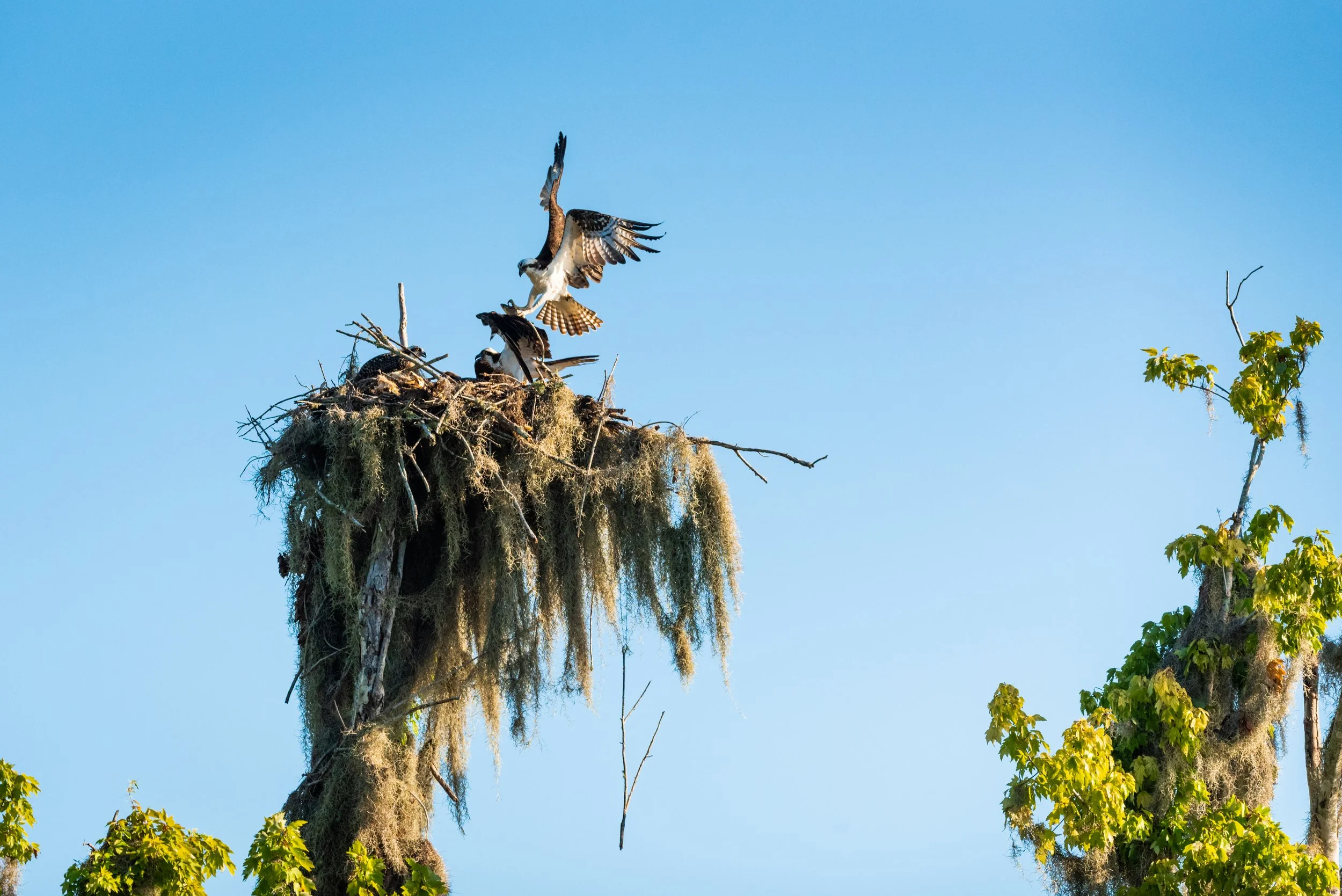What Wildlife Photography Teaches Us About Ourselves
Over the past few years my life has changed dramatically. I went from being very active to learning how to stay still. Although I am getting stronger daily, it was a forced lesson I didn't want due to my health. I had to figure out how to see life through a different lens after everything I had been through and seen.
I found as I had to sit often and wait, it was in the quiet moments before a bird takes flight or watching birds as they feed, you learn a lot just by observing and can find it just as enjoyable!
Just like I had to learn to let go of the way things use to be, in order to do wildlife photography is a lot of letting go of control. Animals move on their own terms. Light changes without warning. The moment you’re waiting for might never come or it might come in an instant; gone before your lens is ready. In those moments, we learn patience. We learn how to wait without expectation, to watch without needing to intervene. That patience teaches us more than how to shoot; it teaches us how to live.
We also learn humility. Nature doesn’t cater to our schedule or vision boards. What you had can be gone in a heartbeat. You can hike for hours and come home without a single “keeper,” and still find yourself grateful. The simple act of being there, of witnessing something wild and free, is often the reward itself. We’re reminded that not everything beautiful can or should be captured; some things are meant just to be seen, learned from, and remembered.
Then there’s presence. Wildlife photography demands it. If your mind drifts, you miss the bunny emerging from the underbrush or the osprey’s plunge into the lake. The camera becomes a tool for mindfulness not a distraction, but a tether to the now. In slowing down to match the rhythm of the wild, we reconnect with parts of ourselves that are often lost in the daily grind.
In the end, wildlife photography isn’t just about the animals. It’s about us learning to be still, to observe with reverence, to be grateful for what we have, and to see the world and ourselves not as something to conquer or make perfect, but as something to understand, nurture, and cherish.


